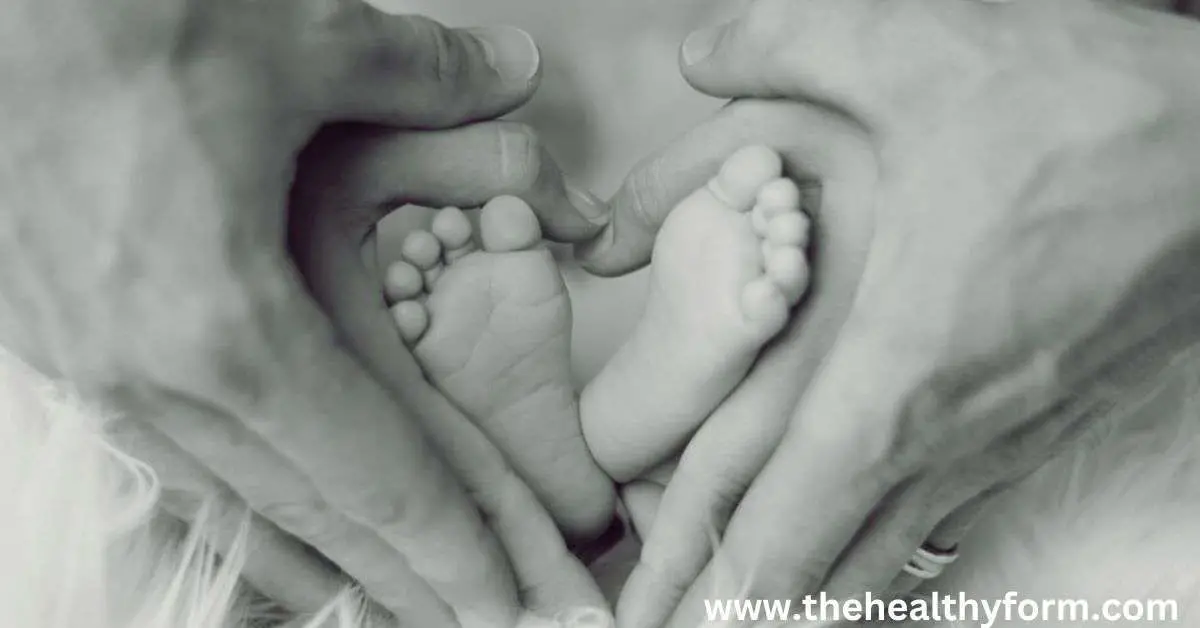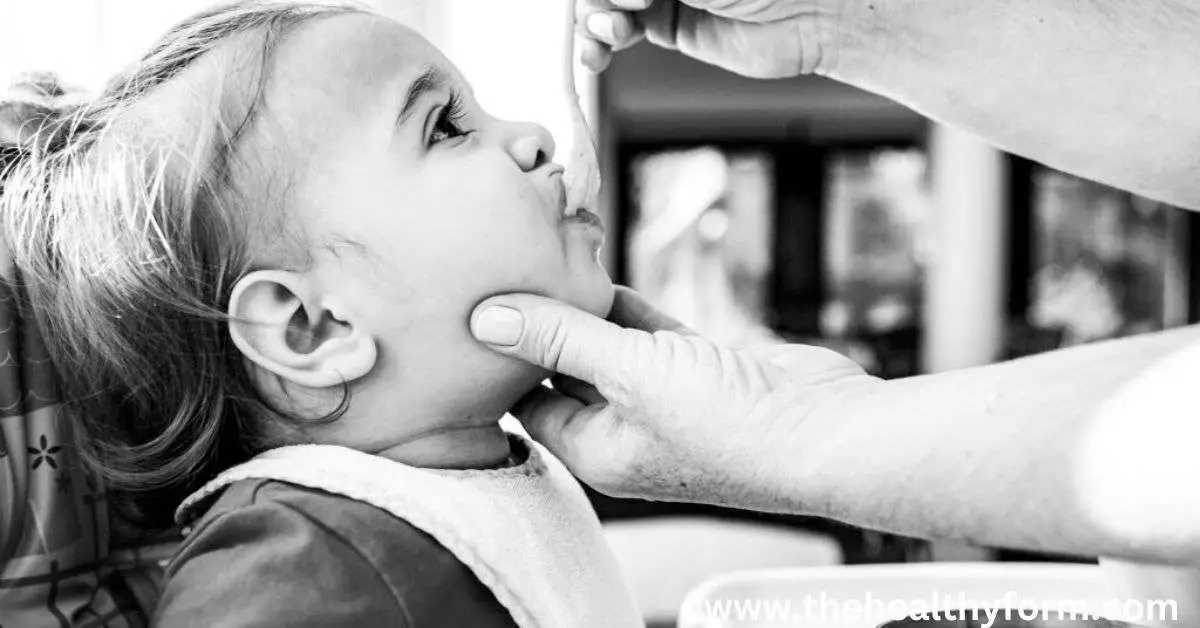Childrens Safety: Protecting Your Child from Common Hazards
The Healthy Form Ensuring the Childrens Safety is an important part of parenting. Children are naturally curious and prone to accidents and injuries, so taking steps to protect them is essential. This blog post will explore some common safety hazards for children and provide tips and strategies for keeping your child safe.

What are the most common safety hazards for children?
There are many potential safety hazards that children may face, including:
- Home hazards: Children may be at risk for falls, burns, and other injuries in the home. It’s important to childproof your home to reduce these risks.
- Car hazards: Children risk injuries while riding in cars, especially if they are not adequately restrained in a car seat.
- Online hazards: Children may be at risk for cyberbullying, exposure to inappropriate content, and other dangers while using the internet.
- Public place hazards: Children may be at risk for injuries in public places like parks and playgrounds.
- Travel hazards: Children may be at risk for injuries, such as burns from hot surfaces or drowning in pools.
How to childproof your home?
Childproofing your home can help to reduce the risk of accidents and injuries for your child. Here are some steps you can take to childproof your home:
- Install safety gates: Safety gates can help to prevent children from accessing areas of the home that may be unsafe, such as stairs.
- Cover electrical outlets: Children may be at risk for an electric shock if they put objects into electrical outlets. Covering outlets can help to prevent this.
- Use cabinet locks: Children may be at risk of ingesting household chemicals or other dangerous items if they can access cabinets and drawers. Cabinet locks can help to prevent this.
- Install smoke detectors: Smoke detectors can help to alert you to a fire in your home and give you and your family time to evacuate.
- Keep harmful items out of reach: Keep household chemicals, medications, and other harmful items out of reach of children.

What are the best car seats for children?
Using the best car seats for children, weight, and height is essential for their safety while riding in a car. It’s important to follow the manufacturer’s instructions for installing and using the car seat and to replace the seat if it is expired or has been involved in a car accident. You can find more information about choosing the best car seat for your child on the National Highway Traffic Safety Administration (NHTSA) website.
How do we prevent childhood injuries?
There are many steps you can take to help prevent childhood injuries, including:
- Supervise children: Children should be supervised at all times to help prevent accidents and injuries.
- Use safety equipment: Safety equipment, such as helmets, pads, and other protective gear, can help to prevent injuries while participating in sports or other activities.
- Practice safety habits: Teaching children safety habits, such as looking both ways before crossing the street and wearing a seatbelt, can help prevent injuries.
- Be aware of potential hazards: Keep an eye out for hazards, such as wet floors or sharp objects, and take steps to eliminate or mitigate these hazards.

What are the best safety practices for children online?
The internet can be a great resource for children and a source of danger. Here are some tips for keeping your child safe online:
- Set limits on screen time: Limiting the amount of time your child spends online can help to reduce the risk of exposure to inappropriate content or cyberbullying.
- Use parental controls: Parental control software can help to block inappropriate content and restrict your child’s online activities.
- Talk to your child about internet safety: It’s important to talk to your child about internet safety, including the importance of not sharing personal information online and not talking to strangers online.
- Monitor your child’s online activity: It’s a good idea to monitor your child’s online activity to ensure they are not engaging in risky behaviors or being exposed to inappropriate content.
How do we teach children about stranger danger?
Teaching children about stranger danger is an essential part of keeping them safe. Here are some tips for teaching children about stranger danger:
- Teach children to never go anywhere with a stranger: Children should be taught that it’s not okay to go anywhere with a stranger, even if the stranger is offering them a treat or saying they have a message from a parent.
- Teach children to use the “buddy system“: Children should be taught to stay with a friend or group in public and use the “buddy system” to stay safe.
- Teach children to trust their instincts: Children should be taught to trust their instincts and to tell an adult if they feel uncomfortable around someone.
What are the best safety practices for children in public places?
There are several steps you can take to ensure the safety of your child in public places, including:
- Stay with your child: Children should be supervised when in public to help prevent accidents and injuries.
- Teach children to stay close: Children should be taught to stay close to you or another trusted adult in public and not wander off alone.
- Teach children to ask for help: Children should be taught to ask a trusted adult for help if they become lost or separated from you in a public place.
- Use caution around water: Children should be supervised near water, such as pools, fountains, and natural bodies of water. It’s important to teach children about water safety and to ensure they wear life jackets if necessary.
How do we teach children about fire safety?
Teaching children about fire safety is an important part of keeping them safe. Here are some tips for teaching children about fire safety:
- Install smoke detectors: Smoke detectors can help to alert you to a fire in your home and give you and your family time to evacuate.
- Create a fire escape plan: Create a fire escape plan with your children and practice it regularly to ensure everyone knows what to do during a fire.
- Teach children never to play with matches or lighters: They should be taught never to play with them, as they can be a serious fire hazard.
- Teach children to stop, drop, and roll: They should be taught to stop, drop, and roll if their clothes catch fire.
What are the best safety practices for children while traveling?
There are several steps you can take to ensure the safety of your child while traveling, including:
- Use car seats: Children should always be properly restrained in a car seat while traveling in a car.
- Follow safety guidelines for air travel: Follow the safety guidelines for air travel, including using approved car seats and following the airline’s instructions for boarding and exiting the plane.
- Use caution around water: Children should be supervised near water, such as pools, fountains, and natural bodies of water. It’s important to teach children about water safety and to ensure they wear life jackets if necessary.
- Be aware of your surroundings: Stay alert and be aware of your surroundings while traveling to help prevent accidents and injuries.
FAQ about Childrens Safety
Here are some of the most common questions people have about childrens safety are:
What are some common hazards that can affect my child’s safety?
Some common hazards that can affect your child’s safety include choking, falls, drowning, poisoning, burns, and electrical hazards.
How can I prevent my child from choking?
You can prevent your child from choking by ensuring they are not given small toys or foods that can be easily swallowed. Cut food into small pieces, and ensure your child is seated while eating. Also, keep small objects out of reach.
What can I do to prevent my child from falling?
You can prevent your child from falling by keeping a close eye on them at all times and making sure that they do not climb on furniture or other objects that may be unstable. Install safety gates at the top and bottom of staircases, and use window guards to prevent falls from windows.
How can I prevent my child from drowning?
You can prevent your child from drowning by never leaving them unattended near water, including pools, lakes, and bathtubs. Ensure your child wears a life jacket when near water, and teach them how to swim at a young age.
How can I prevent my child from being poisoned?
You can prevent your child from being poisoned by keeping all cleaning supplies and medications out of reach and storing them in locked cabinets. Keep plants out of reach that can be poisonous if ingested.
How can I prevent my child from getting burned?
You can prevent your child from getting burned by keeping them away from hot objects, such as stoves, heaters, and fireplaces. Never leave your child unattended in the kitchen when cooking, and make sure that all pot handles are turned away from the stove’s edge.
Conclusion
Ensuring the safety of your child is an important part of parenting. Children may face many potential hazards, and taking steps to protect them is important. Childproofing your home, using car seats, teaching children about internet safety, and following other safety practices can help keep your child safe and reduce the risk of accidents and injuries.


